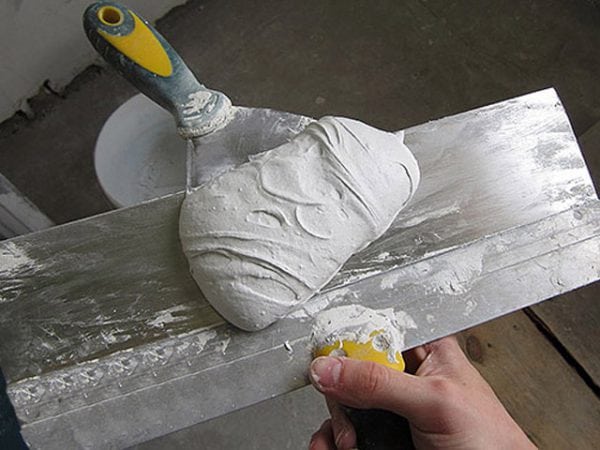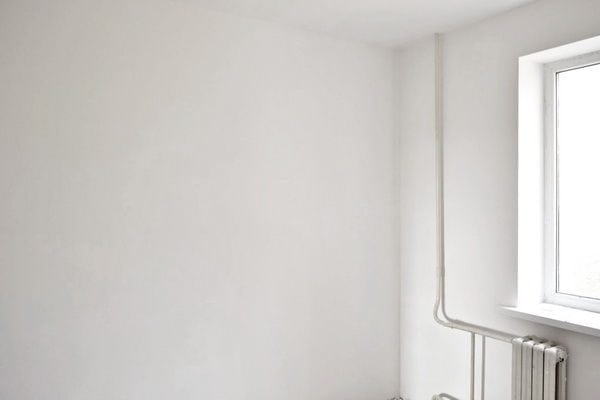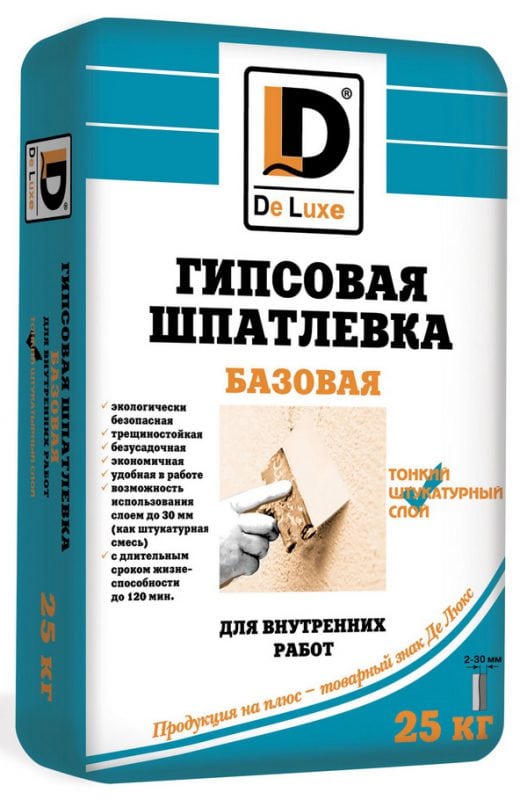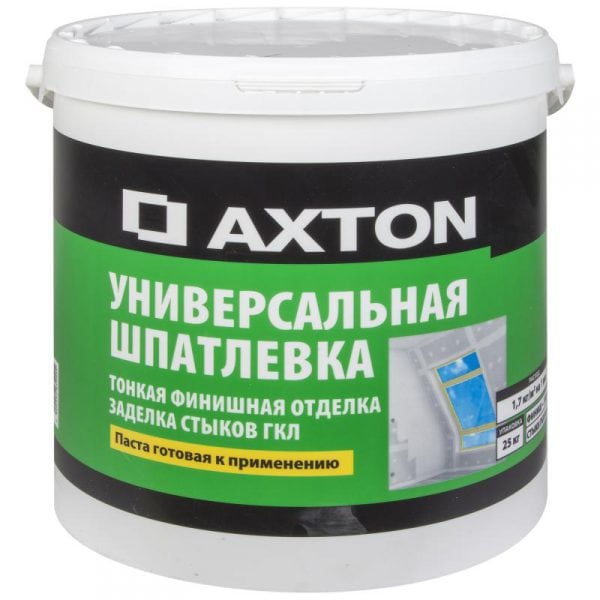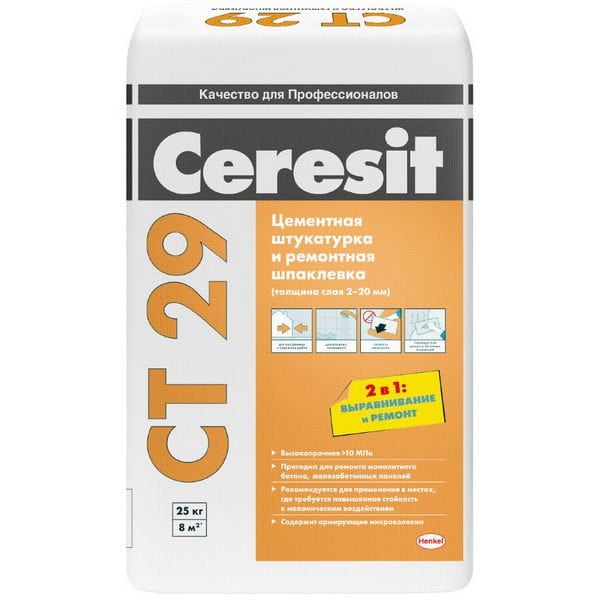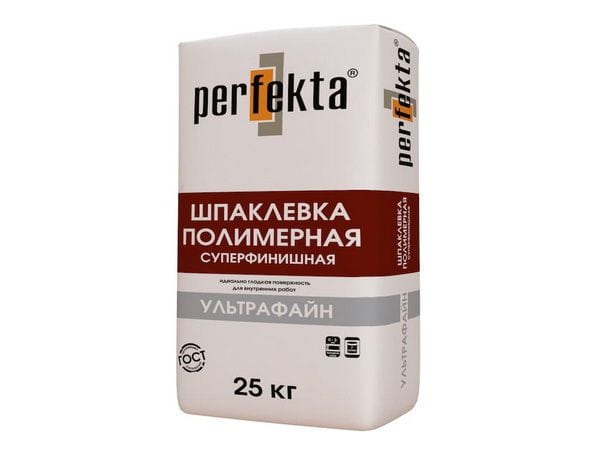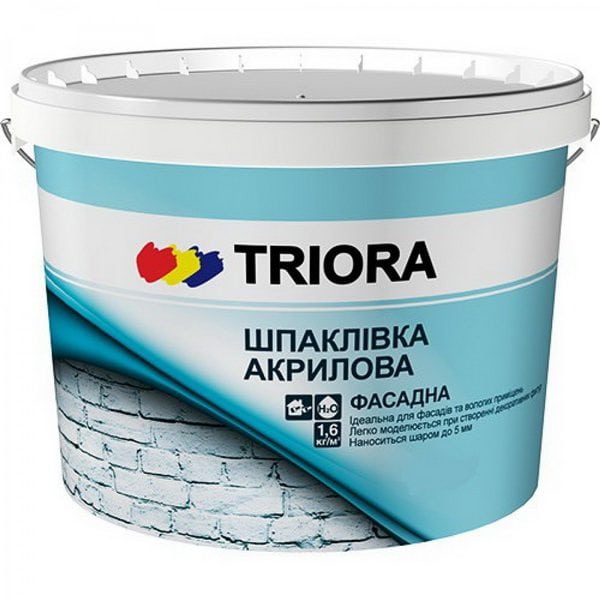The concrete base must be strong and even. To avoid cracking and deformation of the material, concrete needs to be treated with special protective agents. The most effective protection is putty for concrete. The features of the putty compositions and the method of their application will be discussed in this article.
- Characteristics and purpose
- Composition Requirements
- Varieties of putty
- Base mixes
- Finishing mixes
- Universal mixtures
- The composition of the putty
- Cement mixture
- Gypsum mixtures
- Polymer blends
- Latex Putties
- Acrylic Putties
- A few caveats
- Application technology
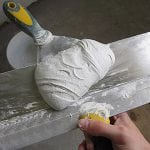
Characteristics and purpose
Putty is a composition, which is a thick paste-like mixture or powder, designed to smooth surfaces. There are putties for different types of surfaces, including separately - for concrete.
Thanks to puttying, a strong and even coating with good adhesion is formed on the surface, so that it is possible to further finish the base, for example, glue wallpaper or apply paint.
The filler contains a filler and a thickener. The filler consists of barite, talc and chalk. In addition, the composition may contain pigmenting agents, including ocher and zinc white. Both of these pigments act as a complement to the film-forming substance.
Fields of application of puttying compounds:
- restoration work with concrete and reinforced concrete structures, which have fallen into decay over time;
- standard work on leveling concrete substrates before laying waterproofing materials or applying finishing;
- leveling of defects present in gravel nests and joints;
- concrete processing in tunnels, trenches, viaducts, on railway tracks.
In other words, wherever there is concrete, putty is indispensable.
to contents ↑Composition Requirements
Concrete structures are often operated under conditions of multiple environmental influences. Mechanical loads, humidity, aggressive chemical environments, wind, temperature changes - all these factors in themselves can lead to the gradual destruction of the material. Therefore, the putty should be such as to maximize protect (create a barrier) material from the external environment. In addition, putty should improve the adhesion properties of the surface, because often concrete structures are subject to further finishing work.
So, a good putty should be characterized by the following qualities:
- coating strength (resistance to abrasion and other mechanical stresses);
- reliable adhesion;
- moisture protective qualities;
- fire safety;
- non toxicity;
- resistance to chemicals;
- resistance to low and high temperatures, as well as sharp temperature extremes;
- long term of operation.
Concrete compositions also have disadvantages:
- It is not possible to glue covering concrete layers with a substrate.
- Not all defects can be removed - we are talking only about small irregularities.
- Work requires some experience.
- In case of flooding, the moisture resistance of the coating will still be insufficient.
When choosing putties, it is recommended to pay attention to the following qualities:
- adhesion;
- the purpose of a specific composition (whether it is suitable for concrete);
- moisture resistance percentage;
- vapor permeability (whether the coating will allow moisture to circulate).
Varieties of putty
By the nature of the use of putty are divided into three groups:
- Basic - are used for applying directly to a concrete surface.
- Finishing - used as the top layer, on which finishing work will be carried out in the future.
- Universal - can be used both as basic and as finishing.
Base mixes
Starting (or basic) putties are used at the very beginning of the putty, when it is necessary to level the concrete surface. Such compositions are applied as thick as possible. Starting mixtures are most often produced in powder form. It is the fact that the base mixes are offered in powder form that explains such great attention to the proper preparation of the finished composition. The final product must be flexible and not be too thick or liquid.
As a rule, one layer is not enough to create a reliable starting coating. When the first layer dries, it is necessary to sand the coating, and then apply additional layers. As an example of a high-quality putty composition from this group, the “Prospectors" brand can be mentioned.
to contents ↑Finishing mixes
This group of mixtures is intended for the final processing of the already putty coating. The task of the finishing composition is to make the surface as flat and smooth as possible. The final mixture is applied with a thin layer, which is applied to the already polished concrete. An example of high-quality putty is Ceresit brand, which has a whole series of finishing brands for concrete.
Universal mixtures
The name eloquently suggests that the putty of this group can be used both for the initial and for the final processing of concrete. However, any versatility is fraught with a loss of qualities inherent in specialized formulations. In addition, the cost of such mixtures is higher than that of specialized options. The most famous representative of the station wagon group can be considered such a well-known brand as Novol.
to contents ↑The composition of the putty
There are many mixtures of heterogeneous composition, which are produced on the basis of the following components:
- cement;
- lime;
- gypsum;
- adhesives;
- paint and varnish compositions;
- oils;
- polymeric substances (including latex and acrylates).
Cement mixture
Cement-based formulations are considered the most common on the market. Cement acts as an astringent component. The brands M500 and M400 are used.
The advantages of cement mixtures include:
- moisture resistance;
- low cost.
The disadvantages are much greater:
- Great shrinkage, which means that the coating is drying out and cracking.
- Increased material consumption, which is also a consequence of shrinkage.
- Insufficient elasticity of the coating.
- Inability to create truly smooth coatings.
- Low productivity.
- Tendency to swell when in contact with wood.
The most famous brands of cement putties include “Knauf”, “Ceresit”, “Ilmaks” and others.
to contents ↑Gypsum mixtures
The compositions of this group are made on the basis of gypsum. The gypsum mixture, which is considered the best choice for dry rooms, is best known as a putty. At the same time, gypsum can be used for moderately humid rooms.
Among the other advantages of gypsum compositions can be noted:
- the ability to work with plastered coatings;
- good thermal insulation;
- quick drying;
- resistance to fire;
- reasonable prices;
- non toxicity.
Mixtures of this group also have disadvantages:
- Not applicable for the processing of facade parts of buildings.
- It cannot be used for puttying in very humid rooms (for example, in swimming pools or bathrooms).
- The coating is very fragile, subject to mechanical damage.
- The coating does not tolerate temperature extremes.
- Gypsum contributes to the development of metal corrosion.
The most famous brand of gypsum putty is the German mixture “Knauf Fugen”, which is characterized by the presence of many diverse qualities. In particular, this mixture can be used as a putty for a ceiling on concrete, universal or finishing composition.
to contents ↑Polymer blends
Polymer-based formulations are the common name for latex and acrylic fillers. Polymers allow you to create high-quality plastic coating. However, the cost of polymer blends scares away many potential users. It should be noted that high prices are partly justified by the significantly lower consumption of polymers. It is also worth noting the large number of fakes on the market.
to contents ↑Latex Putties
Latex-based mixtures are rarely used for concrete. Their main purpose is the processing of drywall sheets. However, some latex mixtures can be used to level and improve the surface of concrete structures.
Among the positive properties of latex should be noted:
- elasticity;
- the possibility of applying even a very thin layer;
- lack of shrinkage;
- excellent adhesion to dissimilar materials;
- ease of use.
Disadvantages of latex:
- the impossibility of increasing the thickness of the layer (coating does not exceed 3 millimeters);
- inadmissibility of drafts;
- radical deterioration at low temperatures;
- high price.
Acrylic Putties
Putty for concrete floor based on acrylates can be used both for processing facades and inside buildings. Acrylic is perfect for puttying concrete.
Advantages of acrylates:
- a very thin layer, which is good for finishing compositions;
- good design effect;
- elasticity;
- lack of shrinkage;
- decent adhesion;
- resistance to humidity and temperature differences.
Renowned concrete putty brands include Rotband Finish and TRIORA.
to contents ↑A few caveats
When working with concrete putties, it is recommended to follow certain rules:
- If the surface is too smooth, it is necessary to give it some roughness. This can be done by creating notches. In some cases, fittings are even used.
- It is not allowed to fill putties into the formwork. This will not give anything from the point of view of the filling of its direct purpose.
- The mixture contains all the necessary additives, and their presence does not contradict the proximity to other components of the solution. You can not add additional components to the mixture (including cement), as this will only worsen the quality of the original.
- If the putty started to set in the tank, there is no point in trying to suspend the process by adding water. If time is already lost, it is better to discard the batch that has become unusable and make a new batch.
- It is necessary to monitor the air temperature during puttying. The packaging always indicates the minimum ambient temperature at which work is permitted. A typical minimum is 5 degrees above zero, although there are compounds with a minimum level of 3 degrees heat. In this case, it does not matter the minimum temperature at which a finished surface can be operated (even if we are talking about 40 degrees below zero). What is important is the minimum indicator for puttying.
to contents ↑
Application technology
Putty of concrete walls is carried out in several stages:
- Concrete base treatment. First of all, remove the old coating (or its residues). We expand the existing cracks with an electric drill until concrete is easily cracked. We remove dust, dirt, oil stains and other foreign substances from the surface.Using cement mortar, we fill in defects in the floor or walls, and then wait for the surface to dry.
- Primer concrete structure. Once again, clean the surface. Successively apply two coats of soil. At the same time, before each next step we wait until the primer is completely dry.
- Mixing the solution. The preparation of the putty is carried out according to the recipe indicated by the manufacturer on the packaging. The optimal proportion of the powder is 1/5 part with respect to water. The solution can be used within 3-5 hours after the end of the batch. The method of stirring largely depends on the amount of putty available. In a small container, you can handle it with a standard mixer, but for mixing 25 kg or more you will need a concrete mixer. When stirring, avoid excessive air entering the solution.
- Puttying. Spray the solution onto the surface and distribute it with a spatula. To increase the strength of the surface, we use a reinforcing mesh. We wait for the first layer to dry and apply an additional amount of material. The final hardening of the coating occurs after about a day (or even more - the period depends on the depth of the defects).
- The final stage is the removal of small irregularities with the help of sandpaper.
Advice! It is recommended to pay attention to the recommendations of the manufacturer on the consumption of putty per square meter of concrete surface at a certain layer thickness. This will optimize material costs.
Putty is an excellent tool to protect concrete and facilitate further finishing work. It is recommended that you carefully study the characteristics of the mixture in advance to select the appropriate composition for specific working conditions.

